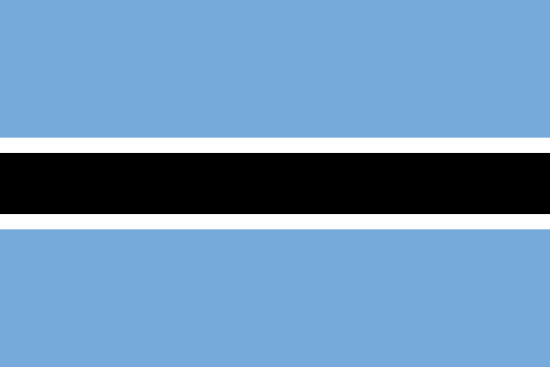"Maun e metsi a pula | Maun, the waters of the rain"
About:
Maun, Botswana, founded in 1915, has grown from a small rural town into the "Tourism Capital of Botswana". The town's growth was spurred by its strategic location as the gateway to the Okavango Delta, attracting tourism and wildlife conservation efforts. Maun experienced a boom in the 1980s with the growth of the tourism industry. Today, it's a thriving town with a diverse economy, including tourism, agriculture, and retail, while maintaining its traditional roots in cattle farming.
When to visit:
Maun, a town located in northern Botswana, is a popular gateway to the Okavango Delta, one of Africa's premier safari destinations. The best time to visit Maun for a holiday is during the dry season, which typically falls between May and October. During this time, wildlife congregates around water sources, making it easier to spot animals on game drives and boat cruises. Additionally, the weather is cooler and more comfortable for outdoor activities such as safaris and birdwatching.
When to avoid:
The worst time to travel to Maun, Botswana on a holiday is during the rainy season, which typically occurs from November to March. During this time, heavy rainfall can lead to flooding, making travel difficult and disrupting outdoor activities such as safaris. Additionally, the wet conditions can increase the risk of mosquito-borne diseases such as malaria. It is advisable to plan your trip to Maun during the dry season, from April to October, for optimal weather conditions and the best wildlife viewing opportunities.
"Wet Season (Dec–Mar)"
In Maun, Botswana, the wettest period is from December to March, during the summer season. Average temperatures range from 20°C to 32°C. These months receive the highest rainfall, typically around 75mm per month, often with afternoon thunderstorms. The sky is usually partly cloudy, with an average of 6 hours of sunshine per day. For a visitor, an average day would involve warm, humid mornings, followed by afternoon rains, bringing a cool respite. Wildlife viewing can be challenging due to dense vegetation and muddy roads.
"Hot Season (October–April)"
In Maun, Botswana, the warmest part of the year is from October to April, which is the summer season. During this period, temperatures can reach up to 35°C (95°F) during the day, with nighttime lows around 20°C (68°F).
This season is also the wettest, with monthly rainfall peaking in January at around 110 mm. However, the rain typically comes in short, heavy bursts, so there are still plenty of sunshine hours. The average daily sunshine hours range from 6 to 8 hours, with the sunniest month being December.
Humidity is relatively high during these months, often exceeding 60%, which can make the heat feel more intense. The sky is often partly cloudy, with cloud cover ranging from 30% to 50%.
For a visitor, a typical day in Maun during the warmest part of the year would feel hot and humid, with a good chance of an afternoon thunderstorm. Despite the rainfall, there would still be plenty of sunny periods. It's advisable to stay hydrated, wear light clothing, and use sun protection.
Language:
In Maun, Botswana, the most commonly spoken languages are Setswana and English. Setswana, also known as Tswana, is the national language and is spoken by a majority of the population. English, although not as widely spoken, is the official business language and is used in schools and government institutions.




